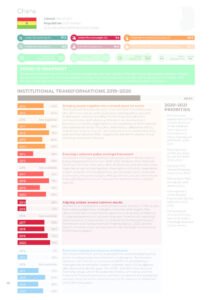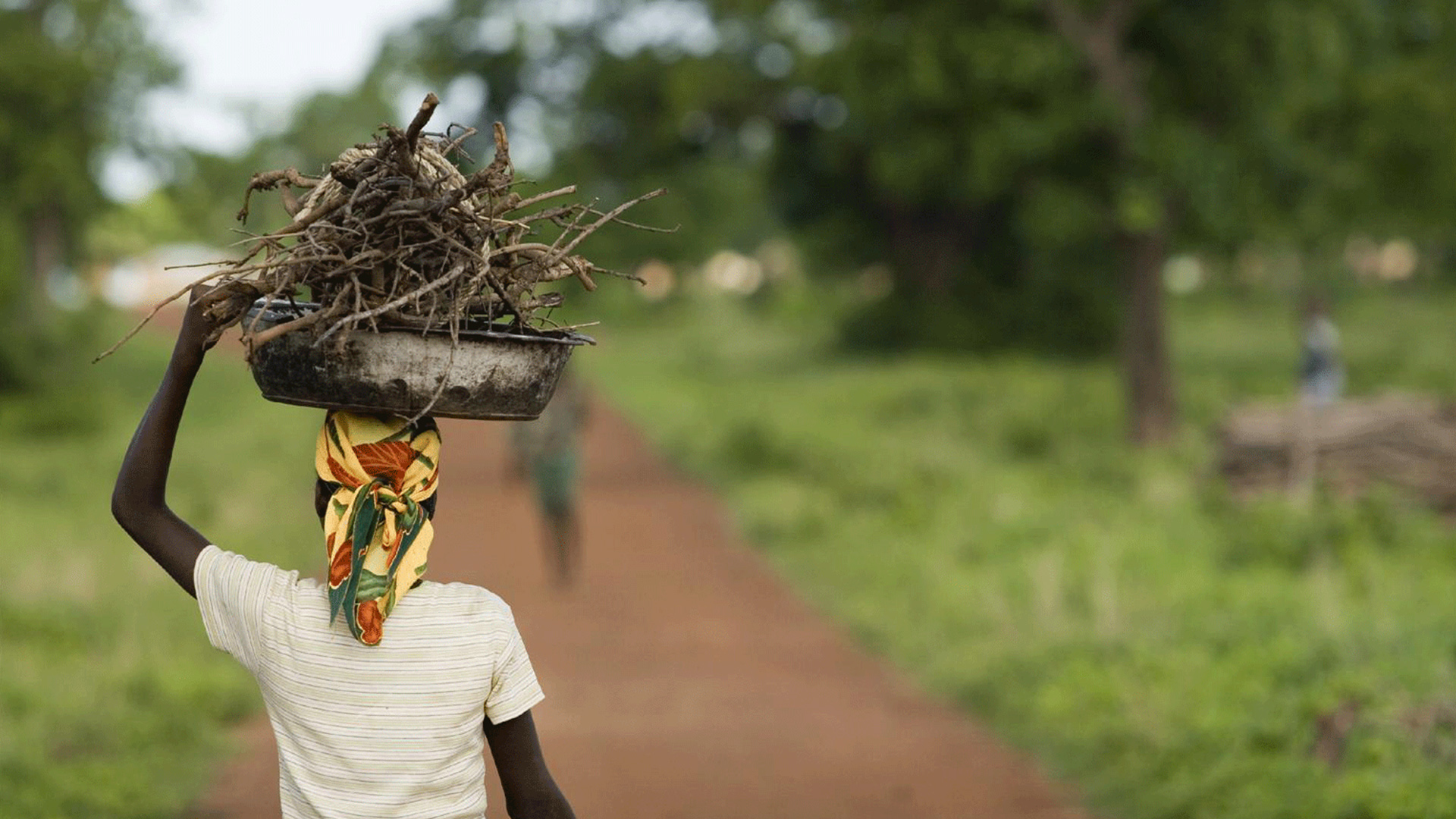Nutrition situation
Under five stunting (%)
17.5
Under five overweight (%)
1.4
Anaemia in women 15-49 years (%)
46.4
Under five wasting (%)
6.8
Low birth weight (%)
14.2
0 to 5-month-old exclusive breastfeeding (%)
42.9
Adolescent overweight (%)
Male: 5.9
/ Female: 14.6
Adult overweight (%)
Male: 22.1
/ Female: 41
Adult obesity (%)
Male: 4.6
/ Female: 16.6
Adult diabetes (%)
Male: 6.4
/ Female: 6.6
COVID-19 snapshot
Containment has hit the economy, impacting food security and nutrition. The SUN multi-stakeholder platform helped design and implement a national response strategy. The most impacted received relief packages, free utilities, and services. Small and medium-sized enterprises received support to survive and to be ready to build back.
Institutional transformations 2019-2020
Bringing people together into a shared space for action
The Food and Nutrition Security Cross-Sectoral Planning Group (est. 2011) now has six working groups covering policy, resource mobilisation, capacity-building, monitoring and evaluation, communication and advocacy. Members are development partners, civil society organisations, and academia at both national and subnational levels. They plan, share ideas, collaborate efforts, implement actions, monitor, and evaluate actions promoting food and nutrition security (FNS). Despite the pandemic several virtual meetings took place this year.Ensuring a coherent policy and legal framework
All national FNS legal and policy frameworks are in the process of being integrated into the new 2022–2025 Medium-Term National Development Plan. This will enable all Ministries, Departments and Agencies as well as Metropolitan, Municipal and District Assemblies to plan around common objectives and strategies and coordinate actions around agreed targets. FNS guidelines, policies and laws are being developed to ensure FNS is at the forefront of the national agenda.Aligning actions around common results
The National Development Policy Framework includes a FNS section harmonising objectives, strategies, indicators and targets. This allows ministries, United Nations agencies, civil society and donors to align programmes to national strategies. Monitoring, reporting and evaluation of actions then contribute to the National Results Framework and National Annual Progress Report. 2020 saw the launch of several multi-sectoral reports like the Multi-Dimensional Child Poverty Report.Financial tracking and resource mobilisation
The recent shift from activity to programme-based budgeting has made tracking budgetary allocations challenging. The National Development Planning Commission (NDPC) is establishing a Management Information System to better track FNS budgetary allocations and identify gaps. The NDPC-led FNS Cross-Sectoral Planning Group, which includes the Ministry of Finance and the Institute of Tropical Agriculture, started a comprehensive budgetary analysis across nutrition-sensitive sectors for resource mobilisation and addressing gaps.2020-2021 Priorities
- Performance assessment of the implementation of the Medium- Term National Development Policy Framework (MTNDPF) 2018– 2021.
- Development of FNS priorities for the MTNDPF 2022–2025.
- Develop FNS Annual Progress Reports for 2020.
- Mainstream FNS into sector and district plans.
- Development of the Results Framework for the MTNDPF 2022– 2025.
- Convening of annual planning, quarterly review meetings and end of year review.
Download

